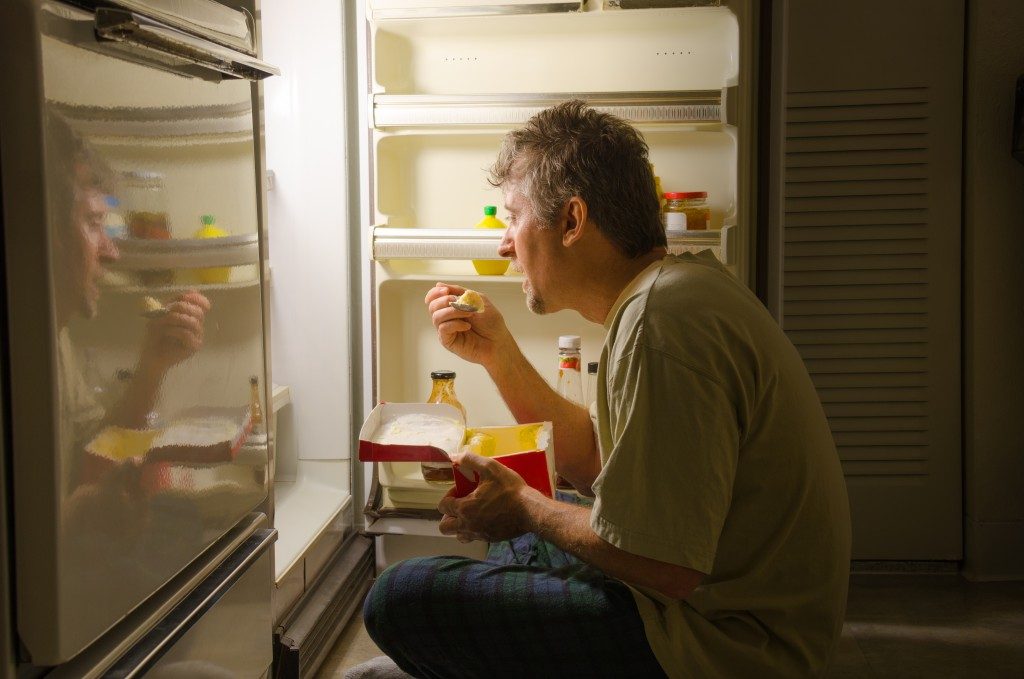 Individuals with binge eating disorder (BED) lose control and consume large quantities of food regularly. This condition leads to obesity and myriads of other health problems. BED affects people of all ages, backgrounds, and gender.
Individuals with binge eating disorder (BED) lose control and consume large quantities of food regularly. This condition leads to obesity and myriads of other health problems. BED affects people of all ages, backgrounds, and gender.
Binge eating disorder symptoms are typically behavioral and emotional — self-hatred, depression, hoarding food and eating even when full, for example. The best way to deal with this kind of disorder is through cognitive behavioral therapy (CBT).
With that said, below are the phases of CBT in the treatment of BED.
Behavioral Phase
In this stage, the therapist builds rapport with the patient and helps them identify their negative behaviors and emotions. The therapist creates awareness and educates the patient on meal planning, nutrition, and balanced eating.
They also develop strategies for coping with any negative emotions that lead to binge eating episodes.
Cognitive Phase
Cognitive restructuring is introduced at this point. This is where the patient identifies any unhealthy thoughts that interfere with their treatment.
The therapist then helps them conquer all these thoughts and develop a realistic level of self-acceptance. The patient also gains insight into how negative thoughts influence their BED and starts embracing positive change.
Relapse Prevention and Maintenance Phase
This last phase of treatment aims to reinforce the behaviors learned throughout treatment. Patients focus on their BED’s cause and the areas that will aid them in a successful transition into full recovery.
The patient at this stage should be self-confident and encouraged to recognize the positive changes in them and the effect of these changes on others around them.
CBT in the treatment of BED is demanding and requires patience. Through these phases, however, the therapist makes a real difference in patients’ thinking. This helps them gain new and invaluable insight, which help in fighting BED.
Medications such as lisdexamfetamine and family therapy sessions are used in conjunction with CBT to provide a holistic treatment approach to BED.

